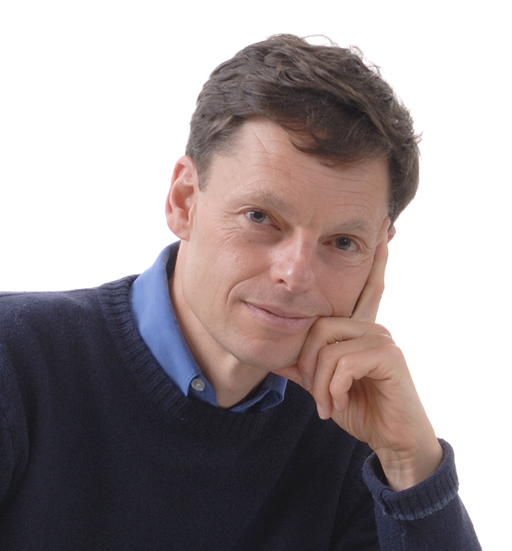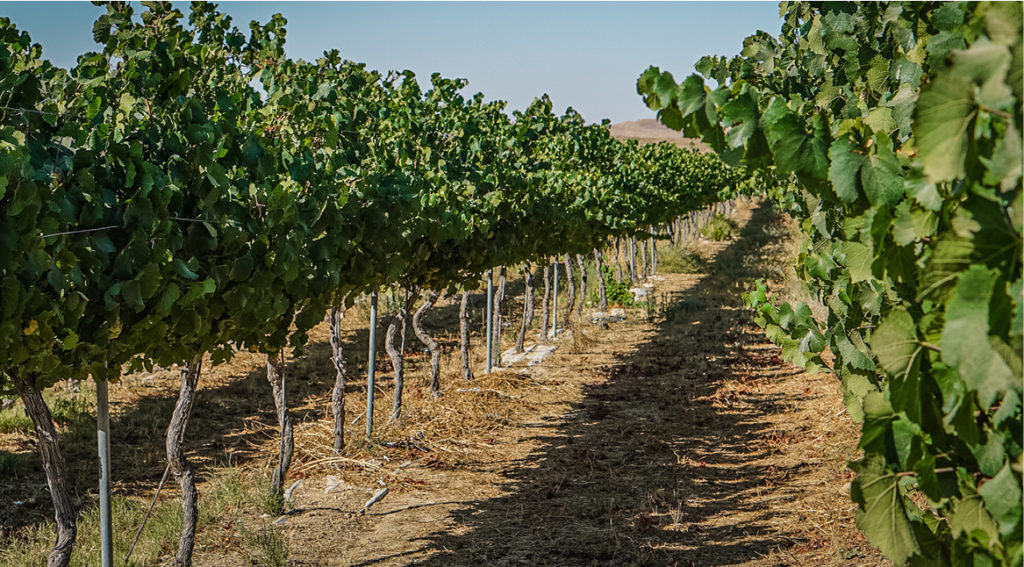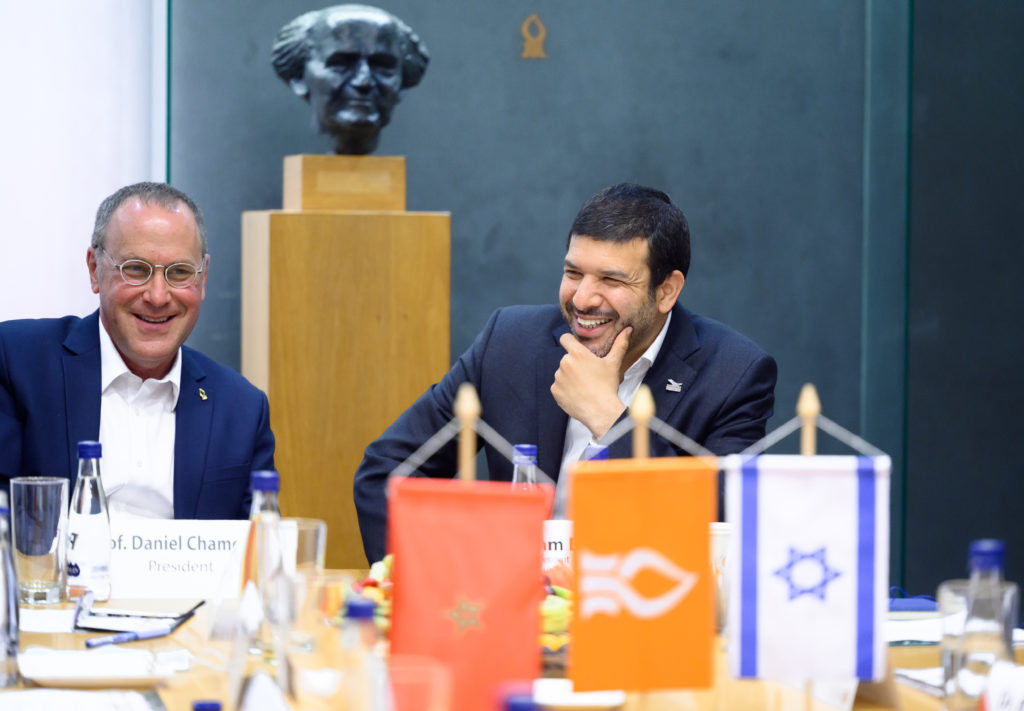
Tackling the E-Waste Problem in the West Bank
Tackling the E-Waste Problem in the West Bank
December 1, 2016
Nature — Bidoo Cave, located in the hills west of Hebron, with its chambers carved perhaps thousands of years ago, could be an archaeological treasure. Yet the cave is currently a dumping ground for e-waste, leftover electronics dismantled in nearby villages as part of a massive recycling industry outside Hebron.
Roughly half of all the e-waste generated in Israel finds its way to a cluster of four Palestinian villages in this area, and the informal unregulated trade takes a heavy toll. Hundreds of e-waste burn sites have polluted the soil with lead and other toxic compounds.
“The landscape is saturated with these contaminants,” says Dr. Yaakov Garb of BGU’s Jacob Blaustein Institutes for Desert Research. Dr. Garb has spent the past five years mapping the burn sites and assessing their effects on the health of the people who live nearby.
Dr. Garb brings with him an innovative plan that is taking shape to clean up the electronics recycling industry in the Hebron Hills. He has been working with local leaders, government agencies and NGOs to remediate the toxic sites and replace burning with non-polluting recycling methods that still allow residents to earn a living.
“Somehow I seem to be put together in a way that allows me to move between the Arab and Jewish worlds, and between the social worlds of consulates and scrap yards, ministries and smugglers,” says Dr. Garb.
The local e-waste recycling industry took off after 2004 when the price of copper jumped. Now, entire villages break down or burn electronic components to get the valuable copper inside, leaving behind mountains of plastic and scrap, and polluted soil and air.
Dr. Garb and his colleagues are working to transform the illegal, unregulated enterprise into a formal recycling trade, with facilities that allow for safe extraction of valuable components. Instead of stamping out the industry, which he says would just drive it elsewhere in the West Bank, Dr. Garb hopes to build a partnership that will benefit all parties.
This transformation project consists of three components: the cleanup of the hazardous-waste sites, the creation of a sustainable Palestinian recycling sector, and the prevention of further contamination of sites.
The Israeli government and Palestinian Environmental Quality Authority are now in the final stages of negotiating an agreement to put Dr. Garb’s plans into place.
There is still a long road ahead, and if implemented the project will not completely solve the problem in the Hebron Hills, says Dr. Garb, but it is indicative of something bigger, a rare case of Israelis and Palestinians working together “to see beyond the politics of the moment to the long term.”
Read the full article by Josie Glausiusz on the Nature website >>




